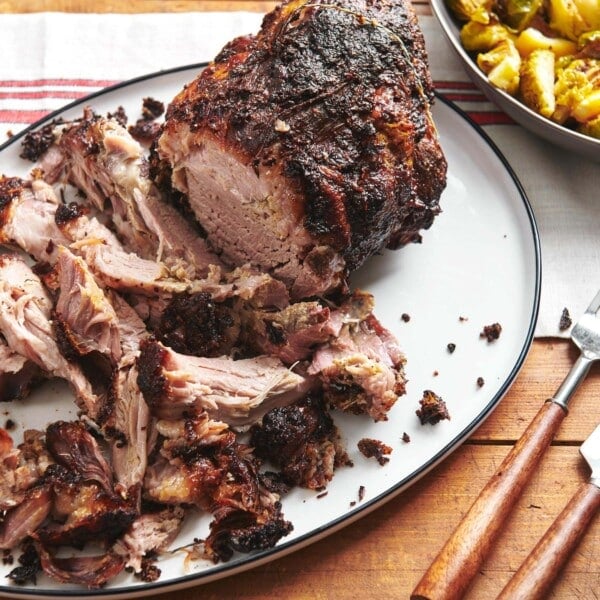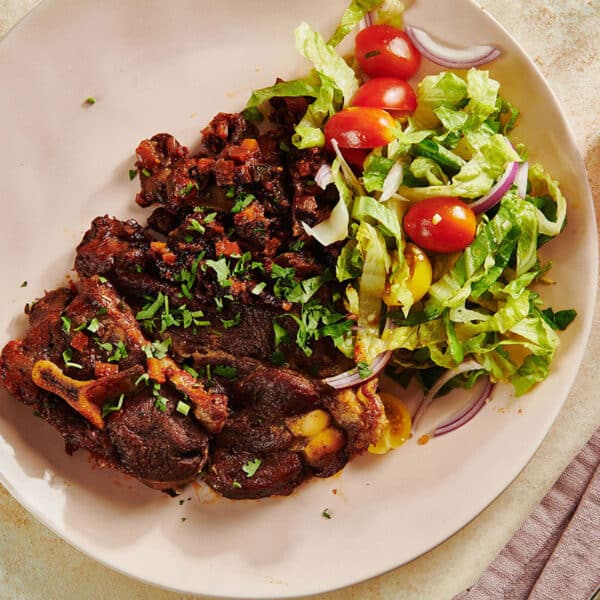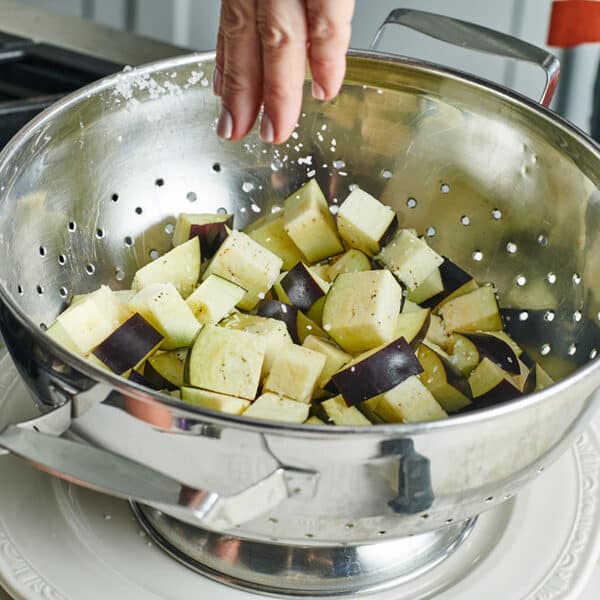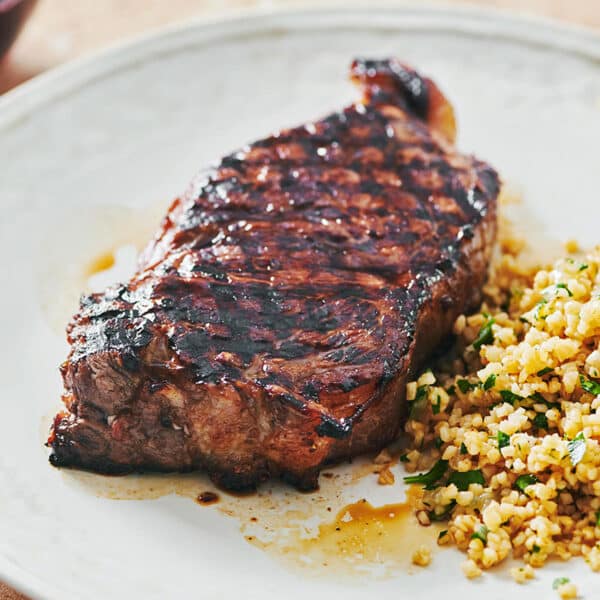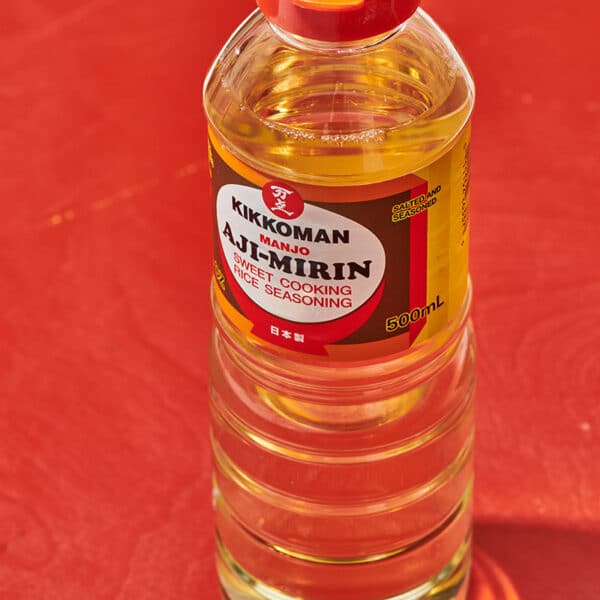How to Cook With Rosemary
on Dec 15, 2021, Updated Aug 01, 2024
This post may contain affiliate links. Please read our disclosure policy.
Everything you need to know about cooking with rosemary and an easy roasted vegetarian side recipe with shiitake mushrooms and garlic.
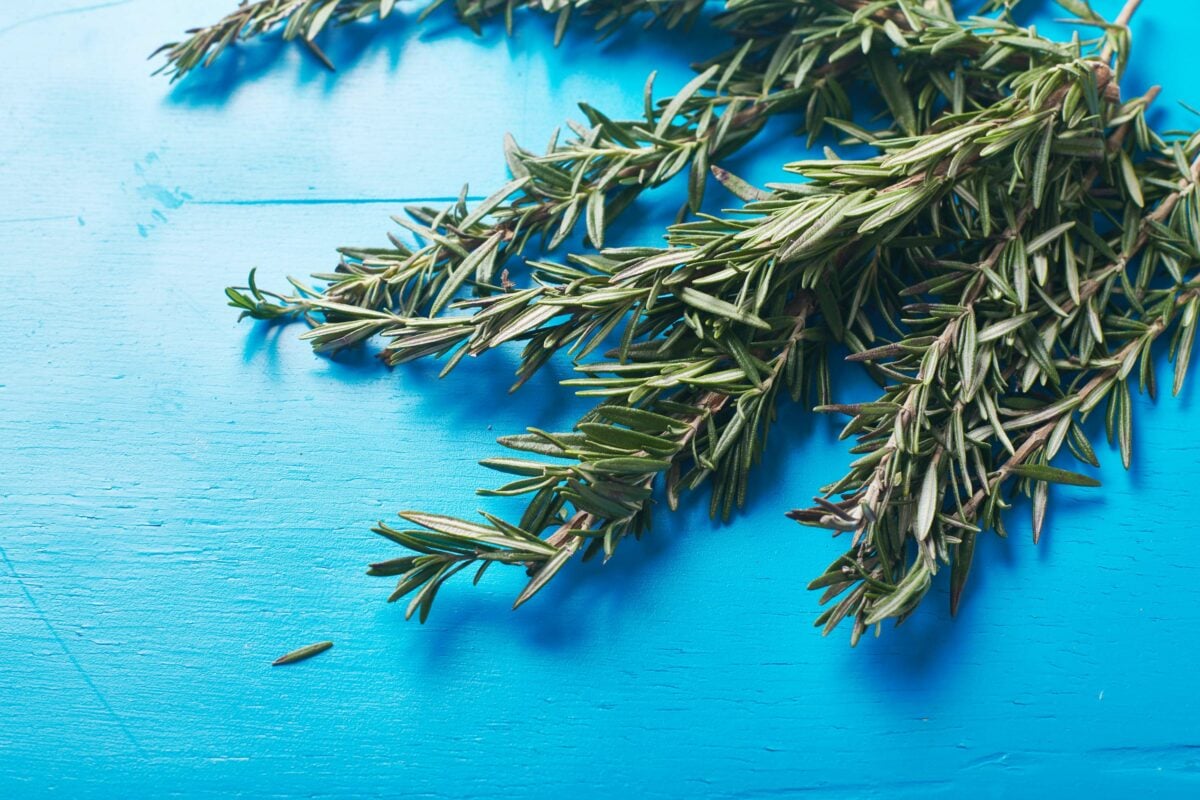
Rosemary is a woody perennial herb that has extremely fragrant needle-like leaves and colorful flowers. Native to the Mediterranean, rosemary did some hopping around (Egypt, China, Britain) before finding its way to America. It is actually part of the mint family. Rosemary is amazing in all sorts of dishes. Try it in Rosemary Orange Cod Fillets, Lemon Rosemary Chicken Thighs, or scroll down for a recipe for Roasted Broccoflower and Shiitake Mushrooms with Rosemary and Garlic.
It is very easy to grow and extremely fragrant, so it’s a common herb in people’s gardens, used as ornamental plants, and can be pruned into formal shapes.
By signing up, you agree to our Privacy Policy.
Table of Contents
- What Does Rosemary Look Like?
- What Does Rosemary Taste Like?
- Substituting Dried Rosemary for Fresh Rosemary
- Rosemary Substitutes
- Buying Rosemary
- How to Prepare and Cook With Rosemary
- What to Do With Lots of Rosemary
- How to Store Rosemary
- Recipes With Rosemary
- Cooking With Other Fresh Herbs
- Roasted Broccoflower and Shiitake Mushrooms with Rosemary and Garlic Recipe
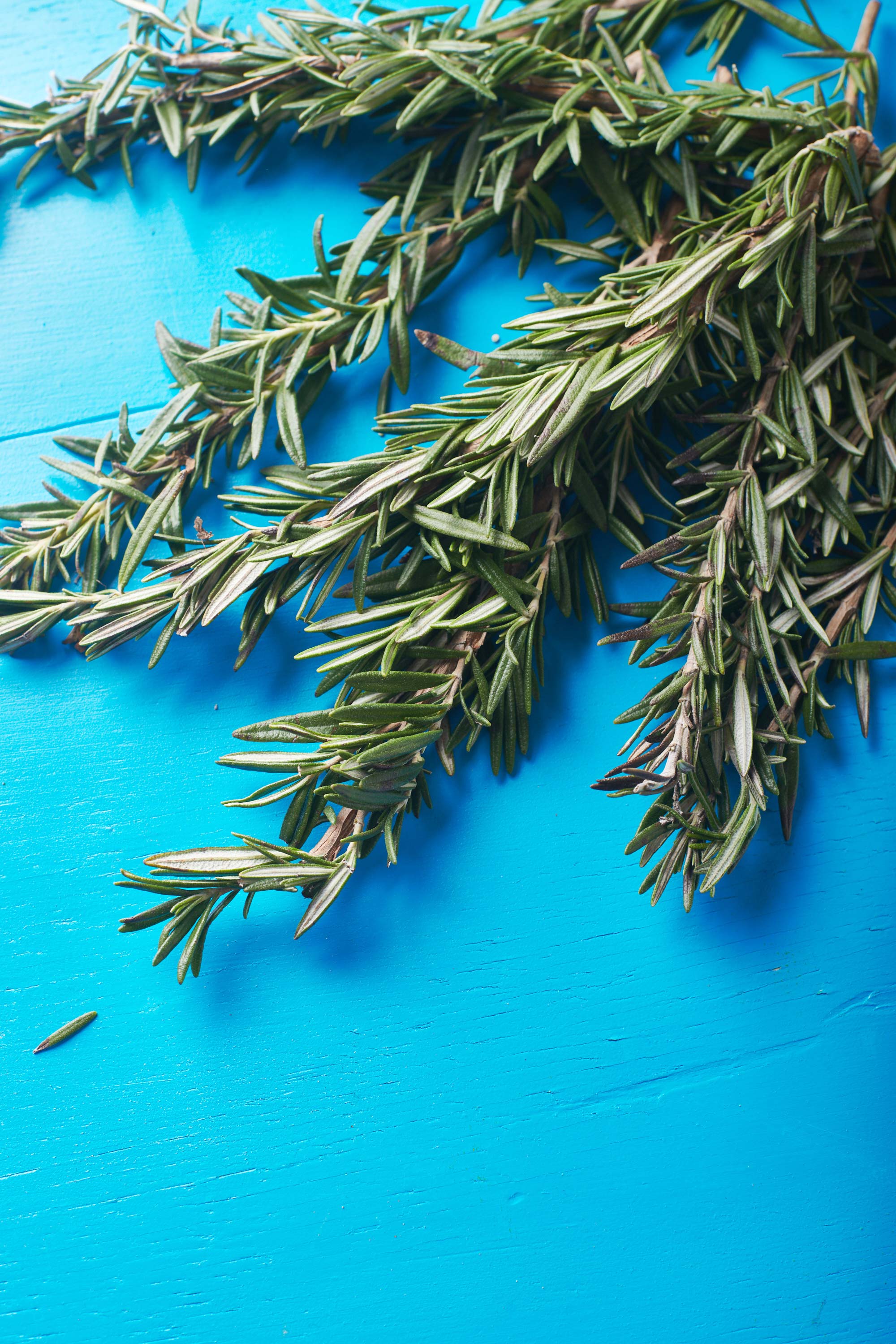
What Does Rosemary Look Like?
Rosemary has stiff, green, needlelike leaves attached to a woody branch. While easy to identify from its unique look, once you know the smell of rosemary, you can tell a rosemary plant from many feet away.
What Does Rosemary Taste Like?
Rosemary is one of the most aromatic herbs and has an equally pungent taste. The flavor is lemony-pine-like and has also been described as minty, sage-like, and peppery. Because of its strong flavor, start with small amounts, as a little goes a long way.
Substituting Dried Rosemary for Fresh Rosemary
Dried rosemary can be substituted for fresh in many recipes, especially any that are cooked. Use 1 teaspoon of dried rosemary for 1 tablespoon fresh, so a 1:3 ratio of dried to fresh rosemary. For recipes and dishes that call for fresh rosemary that not are cooked, sometimes it’s ok to sub in dried, sometimes not. Dried rosemary is pretty woody, so you want to make sure it has time to soften and blend into the dishes; not so great for salad dressings, for instance, but fine for marinades.
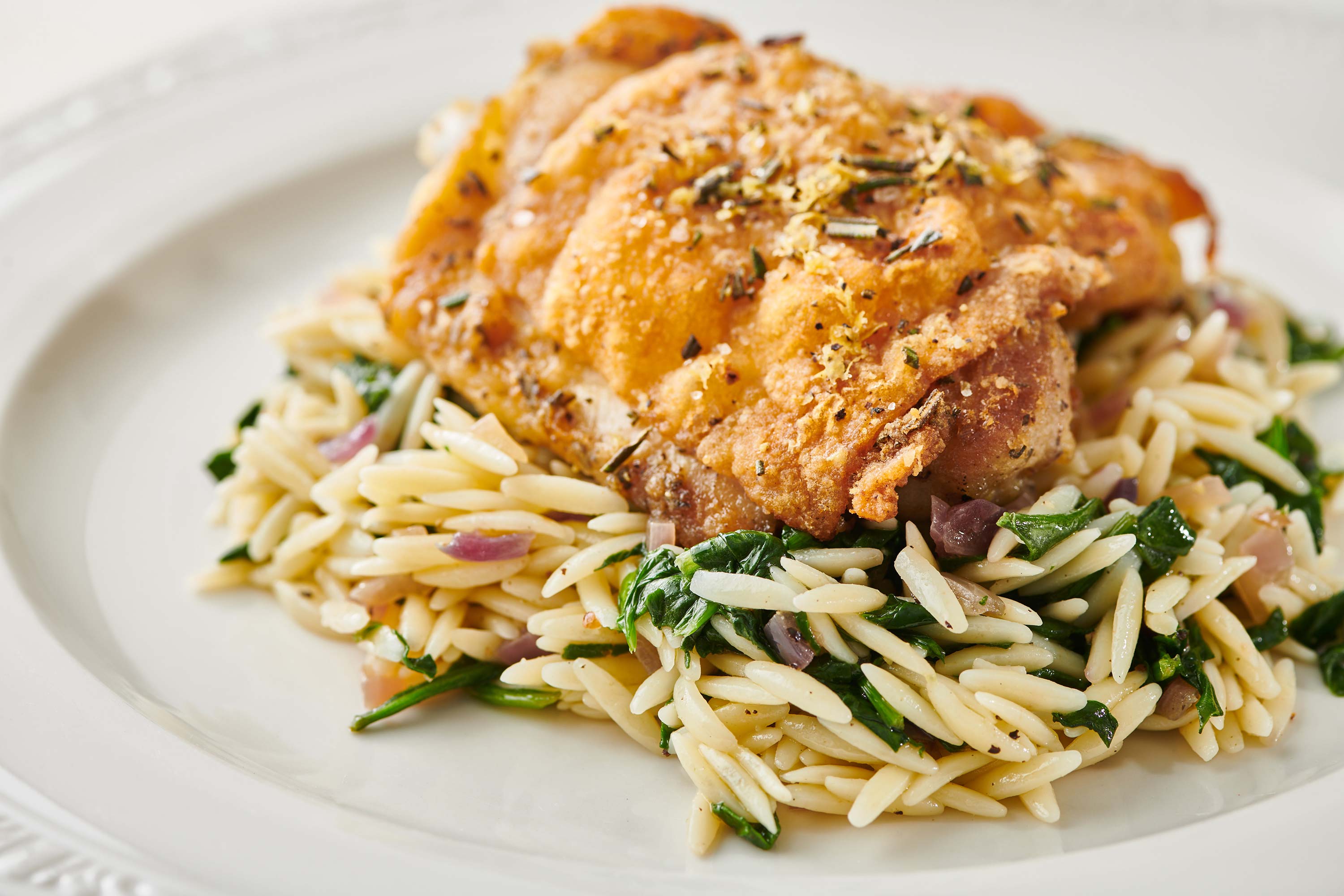
Rosemary Substitutes
Rosemary is a very distinctive herb and one whose flavor is hard to substitute with another herb. So if making a dish that calls for rosemary and you don’t have any…just know the flavor profile will be different with a substitute. It can be just as delicious, but different.
Having said that, thyme and savory often complement the same ingredients as rosemary does. Sage can work well in meat, egg dishes, and poultry seasoning, and marjoram also can work as it has some hints of pine flavor. Mint is another possibility.
Buying Rosemary
Fresh rosemary can be found in the produce section of supermarkets, particularly in the spring and autumn months. Often, it is available in small plastic packages along with other fresh herbs. During peak season, you often can find fresh big bunches of rosemary at farmers markets. Dried rosemary is found in the baking aisle with other dried herbs and spices.
How to Choose Fresh Rosemary
Fresh rosemary may be sold in bunches (particularly at farmers markets) or in small plastic containers. See below for how to store it once you bring it home. Avoid bunches with brown or falling-off leaves or leaves that look shriveled, dried, or damp.
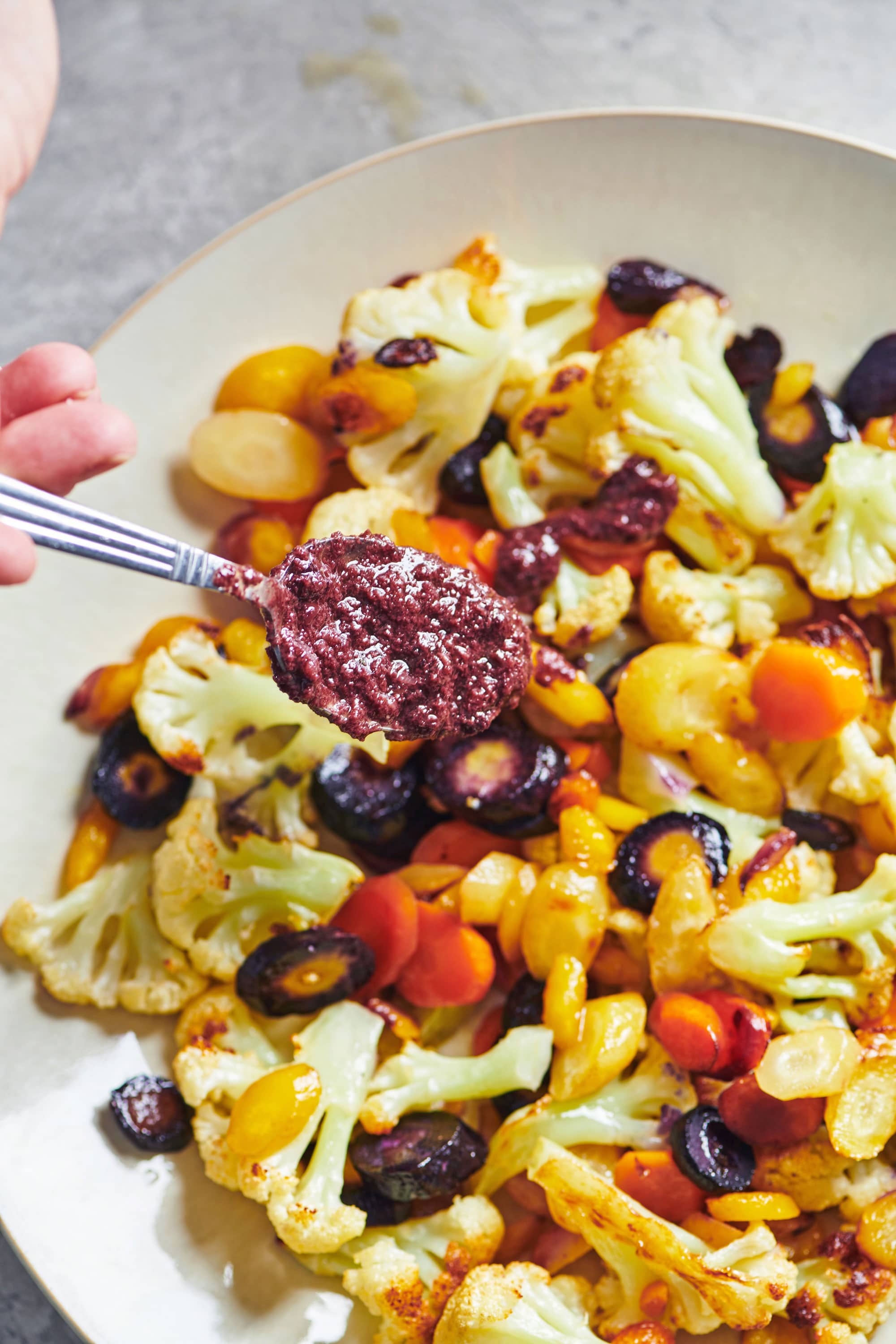
How to Prepare and Cook With Rosemary
You can buy rosemary in fresh or dried forms. Sometimes recipes call for rosemary sprigs. This simply means to throw a whole “branch” of fresh rosemary in the stew or soup, or on a roast. The flavor will get infused through slow cooking, and then you can throw out the sprig before serving.
Most often, rosemary is either called for as whole leaves (which you simply pluck off the sprig), or minced. Any which way, rosemary is very hearty and can be added at the beginning of cooking as it stands up to long cooking times. Rosemary is a bold flavor that becomes stronger over the cooking time, so plan accordingly.
Rosemary is used regularly in Mediterranean cuisine and complements food such as soups, casseroles, stews, fish, breads, stuffings, meats, and roasted vegetables.
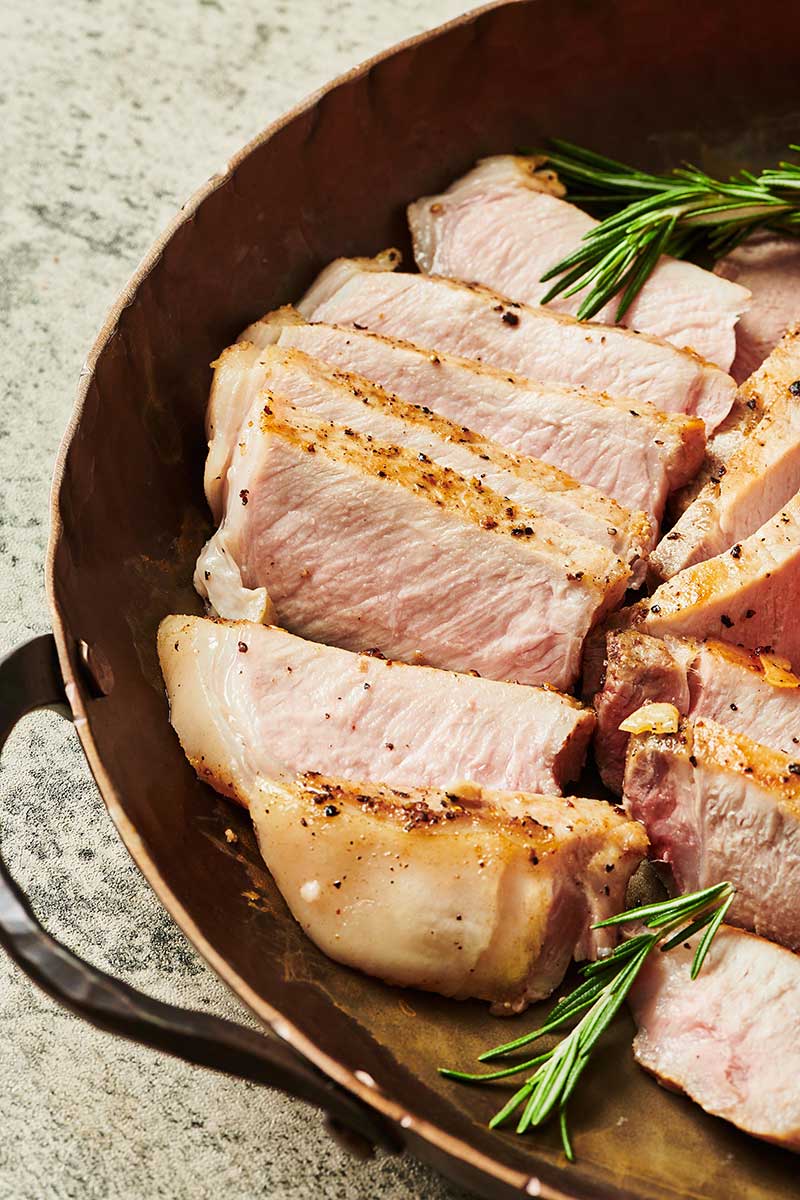
What to Do With Lots of Rosemary
You can use rosemary sprigs as skewers and make kabobs for the grill or the oven.
You can also infuse olive oil with fresh rosemary. Place about 1/4 cup of fresh rosemary in a small non-reactive pot with 1 cup of olive oil. Heat over low heat for 10 minutes, not allowing the oil to come to a simmer. Remove from the heat and let cool to room temperature. Let the rosemary steep in the oil for an hour or two, then strain out and discard the rosemary. Pour the rosemary-infused oil into a clean, dry sealable jar and store it in the fridge for up to 10 days.
Or make this Lemongrass Cocktail, with a simple syrup infused with rosemary, lemongrass, and chiles!
How to Store Rosemary
Fresh rosemary will last for approximately 3 weeks if you wrap it in a slightly damp paper towel and then place the bundle in a sealable plastic bag or container. Place it in the crisper drawer for even better storage conditions (it’s not as cold as the back of the fridge).
Everything you need to know about how to buy, store, prepare and cook with fresh rosemary. Plus a recipe for Roasted Broccoflower and Shiitake Mushrooms with Rosemary and Garlic.
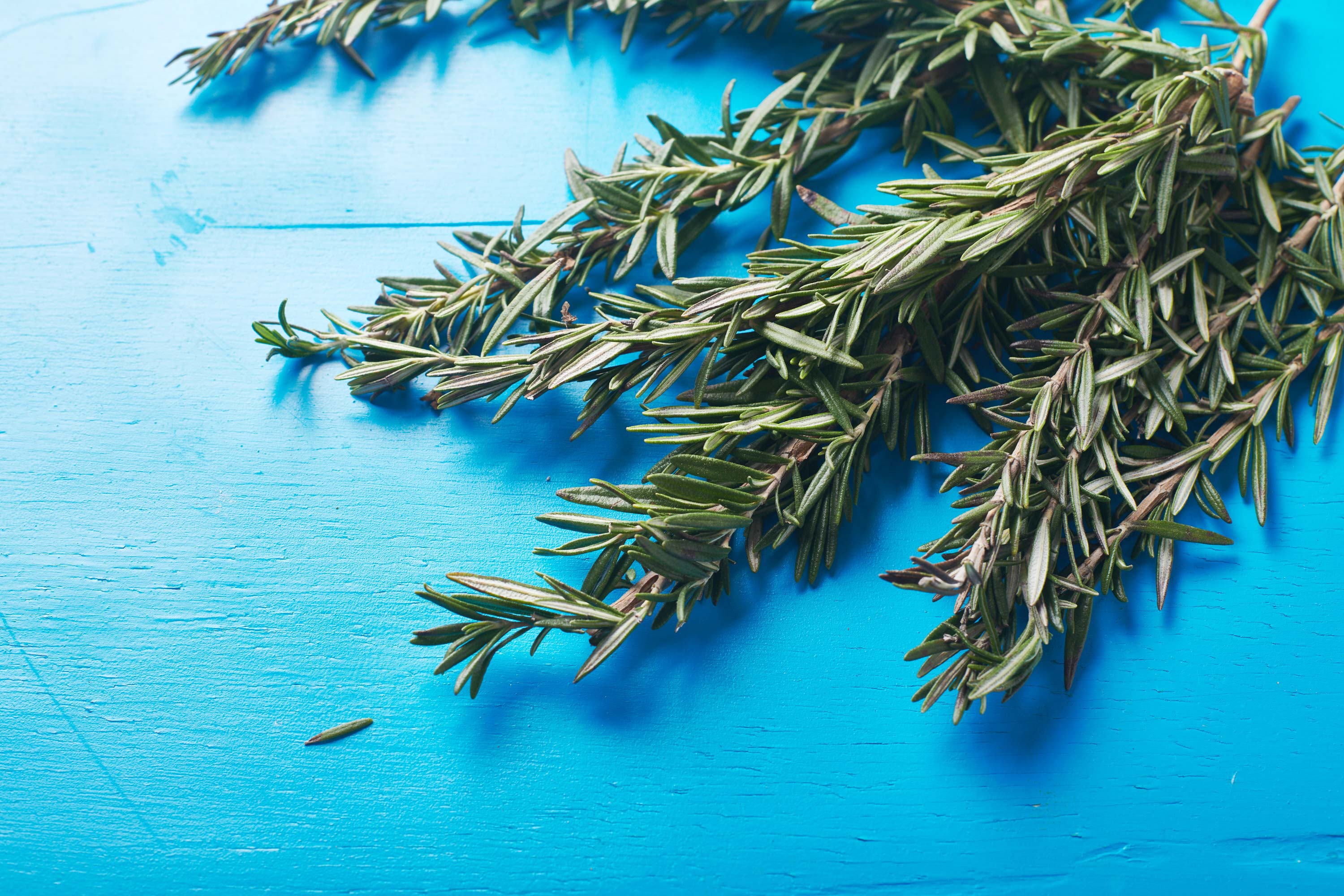
How to Freeze Fresh Rosemary
Cut sprigs into 1- or 2-inch pieces and place them on a baking sheet. Freeze for a couple of hours until solid, then transfer the rosemary to a freezer-proof zip-top bag. Press out the excess air and freeze for up to 6 months.
Recipes With Rosemary
Cooking With Other Fresh Herbs
Roasted Broccoflower and Shiitake Mushrooms with Rosemary and Garlic Recipe
This is a terrific side for any autumnal dinner, with its simple little final drizzle of maple syrup, lemon juice, and vinegar. If you have cauliflower or broccoli on hand, you can definitely use them instead of broccoflower in this recipe, an unusual roasted vegetable combo. Sub in your favorite mushrooms for the shiitakes as well.
Try this with Baked Salmon, Slow Cooker Pot Roast, or Pan-Fried Pork Chops. Or just pile these next to a mound of perfect mashed potatoes for a vegetarian meal.
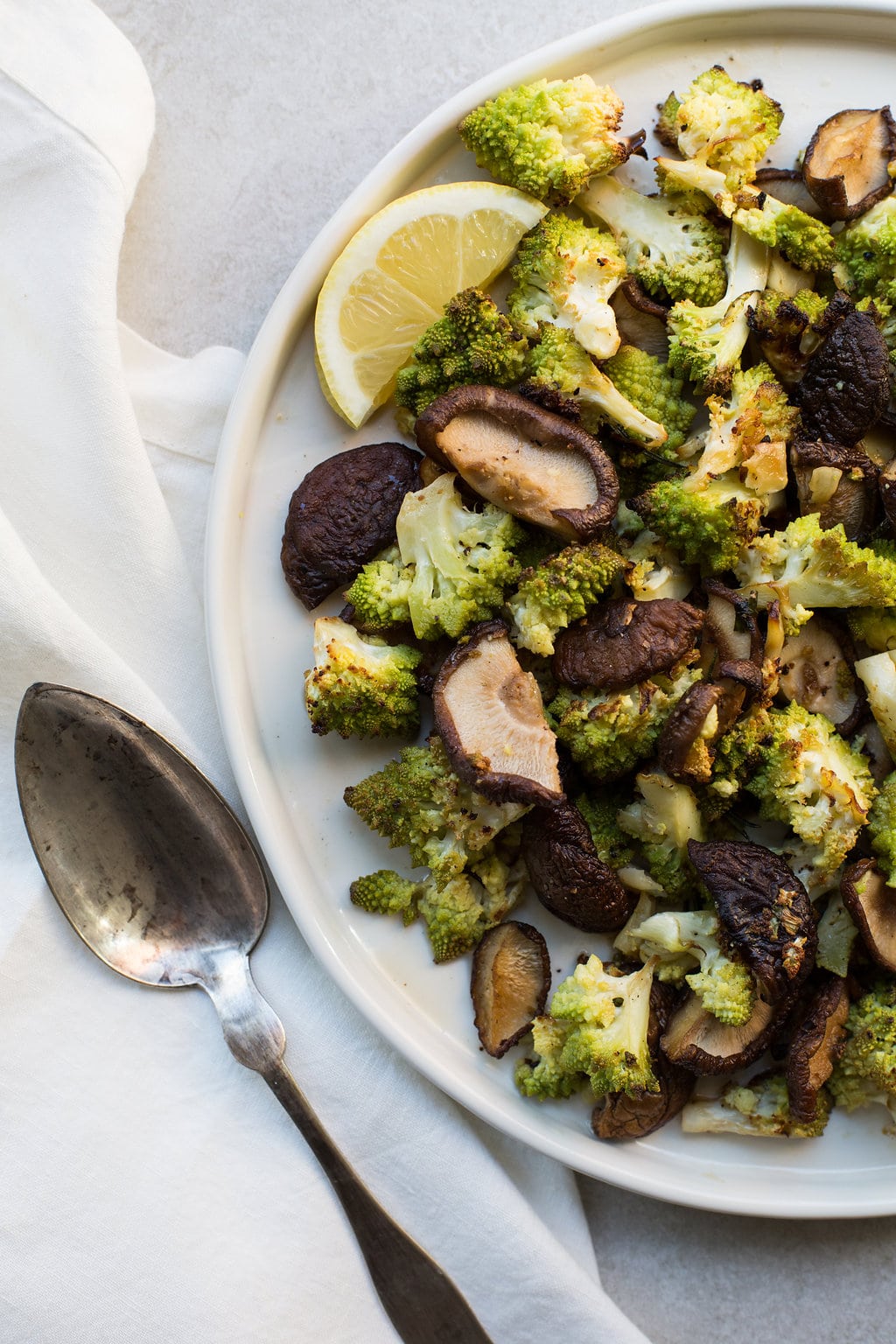
Ingredients
- Broccoflower – trim and cut one head into 1-inch florets
- Shiitake mushrooms – you can use other mushrooms if you prefer
- Olive oil
- Garlic – you need to use fresh cloves for this, which should be peeled and smashed
- Rosemary – use one fresh sprig, cut into 2-inch pieces
- Maple syrup – just enough to add a touch of sweetness
- Lemon juice – fresh is best!
- White wine vinegar – or use whatever you have on hand
An unusual but truly easy vegetarian side dish with rosemary and a simple little final drizzle of maple syrup, lemon juice, and vinegar.
Tips and Substitutions
- Feel free to substitute cauliflower or broccoli for the broccoflower.
- Any mushrooms will work here, I just love the meaty texture and singular flavor of shiitakes.
- Leftovers would be amazing chopped and added to quesadillas or used to top a grain bowl.
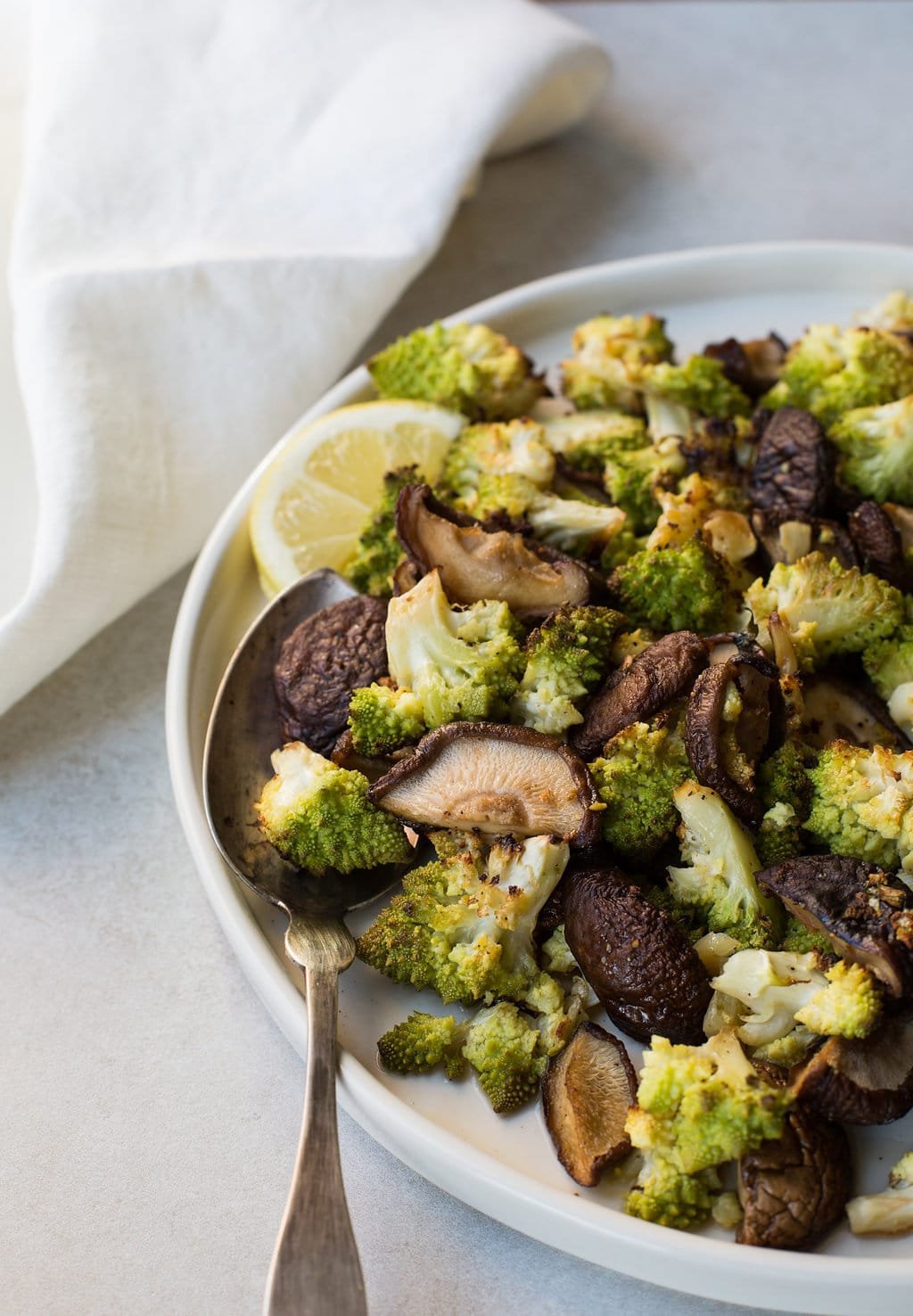
Pin this now to find it later
Pin It
Essential Rosemary Cooking Tips, Plus a Vegetarian Shiitake, Rosemary, and Garlic Side Dish Recipe
Ingredients
- 1 head broccoflower (cut into 1-inch florets)
- 8 ounces shiitake mushrooms (wiped, stemmed, and halved)
- 3 tablespoons olive oil
- 6 cloves garlic (peeled and smashed)
- 1 large rosemary sprigs (cut into 2-inch pieces)
- 1 teaspoon kosher salt (plus more to taste)
- 1 tablespoon maple syrup
- 2 teaspoons fresh lemon juice
- 1 tablespoon white wine vinegar
- Freshly ground black pepper (to taste)
Instructions
- Preheat the oven to 400 F. Line a rimmed baking sheet with aluminum foil, and lightly spray with nonstick spray (or lightly oil the foil). Distribute the broccoflower and shiitake mushrooms on the baking sheet. Drizzle with the olive oil. Add the garlic and rosemary sprigs, and sprinkle with salt. Use your hands to combine everything well, then spread the vegetables back over the baking sheet so that they are in a single layer. Roast for about 25 minutes, until the vegetables are just tender, and lightly browned in spots.
- While the mixture is in the oven, in a small bowl or container, mix together the maple syrup, lemon juice, and vinegar.
- Remove the rosemary sprigs from the cooked vegetables and sprinkle over the maple syrup mixture; toss to coat. Taste and season with salt and pepper if needed. Spoon the vegetables into a serving dish and serve hot or warm.
Notes
- Feel free to substitute cauliflower or broccoli for the broccoflower.
- Any mushrooms will work here. I just love the meaty texture and singular flavor of shiitakes.
- Leftovers would be amazing chopped and added to a quesadilla or used to top a grain bowl.
